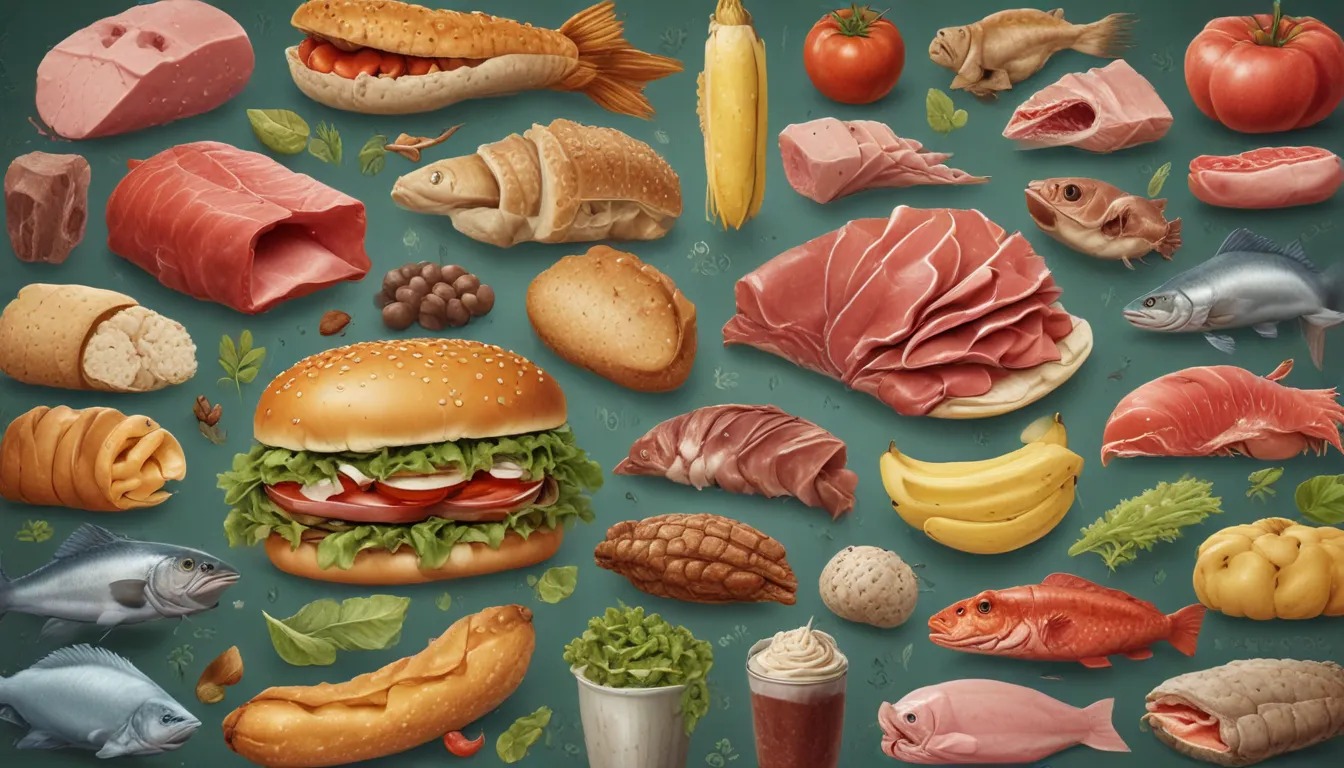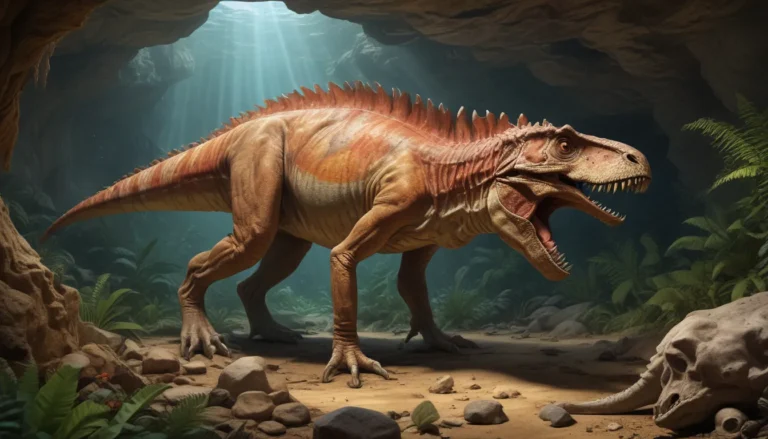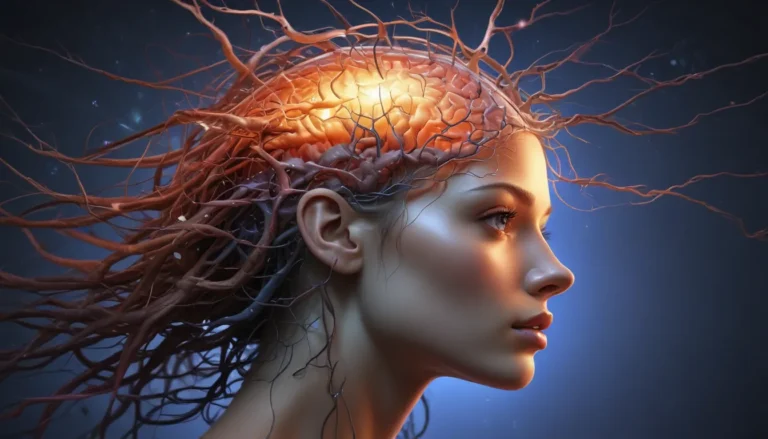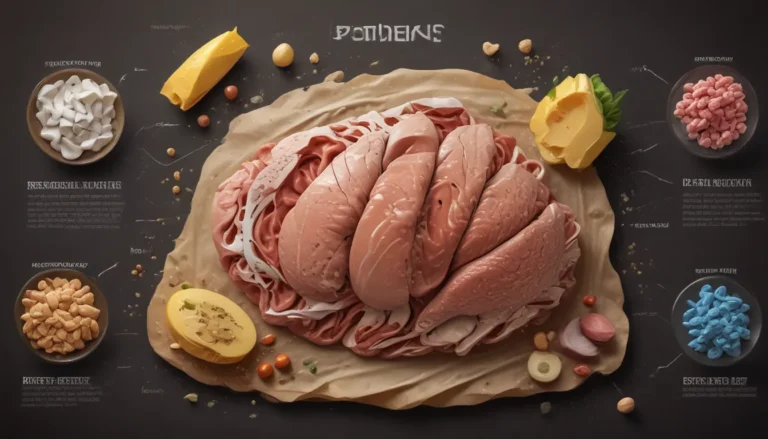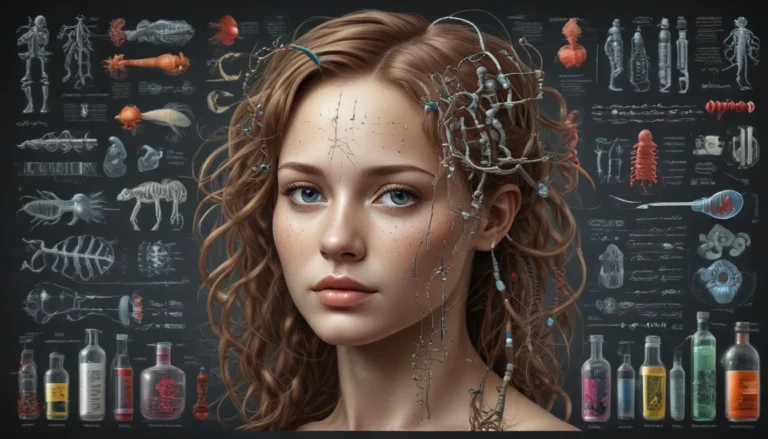A Note About Images: The images used in our articles are for illustration purposes only and may not exactly match the content. They are meant to engage readers, but the text should be relied upon for accurate information.
When we think about the intricate web of life on Earth, the concept of the food chain stands out as a fundamental element. From microscopic organisms to apex predators, every living being plays a crucial role in maintaining the delicate balance of an ecosystem. In this article, we will delve into eight fascinating facts about the food chain that will not only enrich your understanding of the natural world but also inspire awe at its complexity.
Understanding the Basics of the Food Chain
- The food chain begins with plants and algae, the primary producers that provide energy for all living creatures.
- It represents a hierarchical system where each organism serves as a source of nutrition for the next in line.
- Energy transfer within the food chain is inefficient, with only about 10% of energy being transferred to the next trophic level.
The Foundation: Producers in the Food Chain
At the core of the food chain are producers such as plants and algae. Through the process of photosynthesis, these organisms convert sunlight into energy-rich compounds, serving as the primary source of food for all other organisms in the ecosystem.
The Complexity of Trophic Levels
The food chain is not a simple linear progression but rather a complex hierarchy of trophic levels. These levels include primary producers, primary consumers (herbivores), secondary consumers (carnivores or omnivores), and tertiary consumers (top predators). Each level represents a different feeding relationship, illustrating the flow of energy within the ecosystem.
The Role of Apex Predators
Apex predators, such as lions, sharks, and eagles, occupy the top of the food chain. These predators have no natural enemies and play a crucial role in regulating the populations of species below them. Their presence helps maintain the balance and stability of the ecosystem.
The Intricacies of Food Webs
While a simple, linear food chain is often depicted, in reality, organisms are part of interconnected food webs. These webs showcase the complex interactions between different species, highlighting the multiple roles organisms play as both predators and prey. This structure better represents the intricacies of nature.
Human Impact on the Food Chain
- Humans have a significant impact on the food chain through activities such as overfishing, deforestation, pollution, and climate change.
- Conservation efforts are essential for maintaining a healthy food chain and ensuring the survival of all species.
Conservation Efforts for a Sustainable Future
Recognizing the importance of the food chain, conservation efforts focus on preserving habitats, protecting endangered species, and promoting sustainable practices. By safeguarding the integrity of the food chain, we can secure the long-term health and survival of our planet and its diverse life forms.
Conclusion
In conclusion, the food chain is a captivating concept that governs the intricate relationships between plants and animals in an ecosystem. From the foundational producers to the top predators, each organism plays a critical role in sustaining the balance and sustainability of nature. By exploring the mind-blowing facts about the food chain, we uncover fascinating details about the hierarchy of life and the flow of energy within ecosystems.
The food chain reminds us of the delicate balance that sustains life on Earth and inspires awe for the wonders of the natural world. So, the next time you enjoy a meal, take a moment to appreciate the intricate connections and the incredible journey that your food has undergone. Embrace the complexity of the food chain and marvel at the interconnectedness of all living beings in the beautiful web of life on our planet.
FAQs
Q: What is a food chain?
A: A food chain is a hierarchical sequence of organisms in an ecosystem, where each organism serves as a food source for another organism.
Q: What are the different types of organisms in a food chain?
A: A food chain consists of primary producers (plants), primary consumers (herbivores), secondary consumers (carnivores or omnivores), and tertiary consumers (top predators).
Q: What is the significance of the food chain?
A: The food chain is essential for maintaining the balance of nature and the distribution of energy within an ecosystem. It showcases the interdependence of organisms and highlights the flow of energy through different trophic levels.
Q: Can a food chain be disrupted?
A: Yes, a food chain can be disrupted due to various factors such as the extinction of a particular species, changes in habitat, pollution, or human activities. This disruption can have severe consequences on the stability and health of an ecosystem.
Q: How does the food chain relate to biodiversity?
A: The food chain is closely related to biodiversity, as it represents the interconnectedness and diversity of species within an ecosystem. A diverse food chain ensures the survival of various organisms and enhances the resilience of the ecosystem as a whole.
Explore the wonders of the food chain and appreciate the intricate connections that support life on Earth. Delve into the fascinating facts about nature’s intricate web, and gain a deeper understanding of the interdependence of all living beings. Let the marvels of the food chain inspire you to cherish and protect the delicate balance of our planet for future generations.
